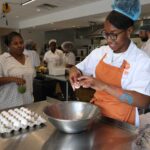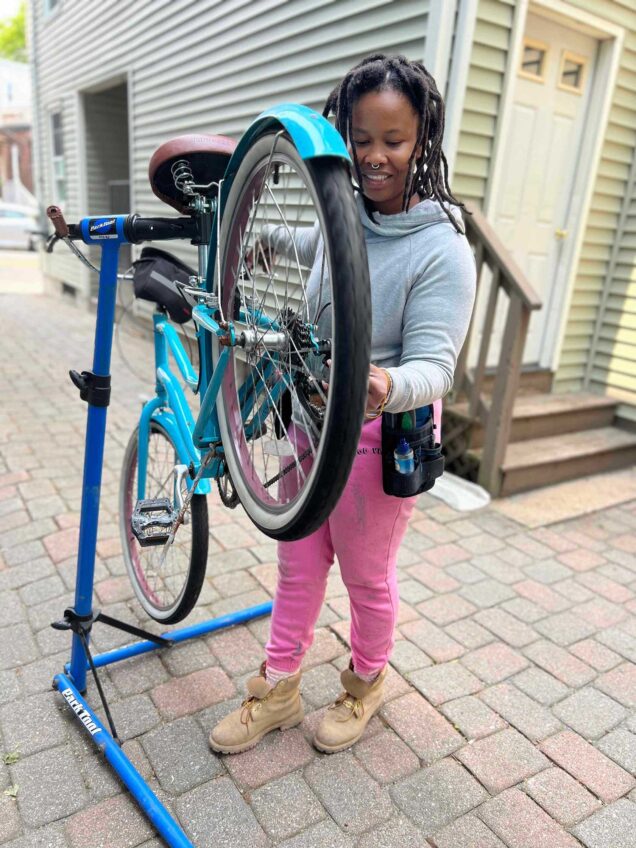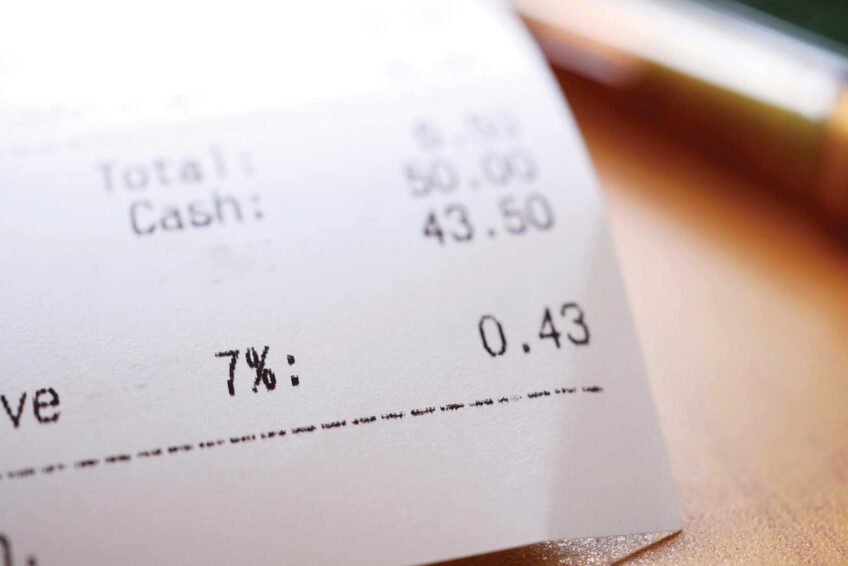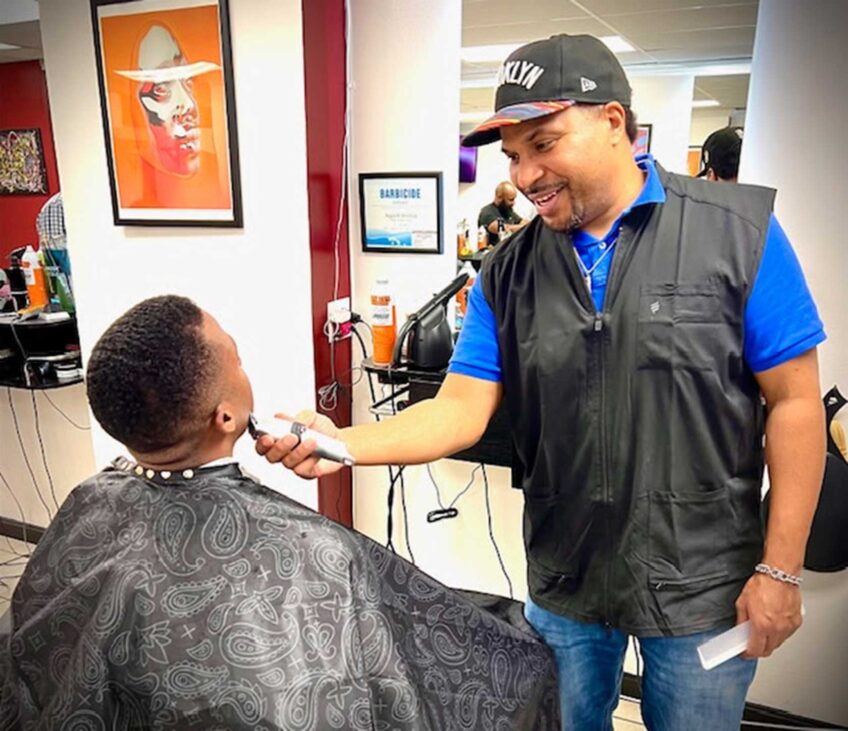At Appleton Estate Rum, finding the perfect blend is an ‘exercise of love’
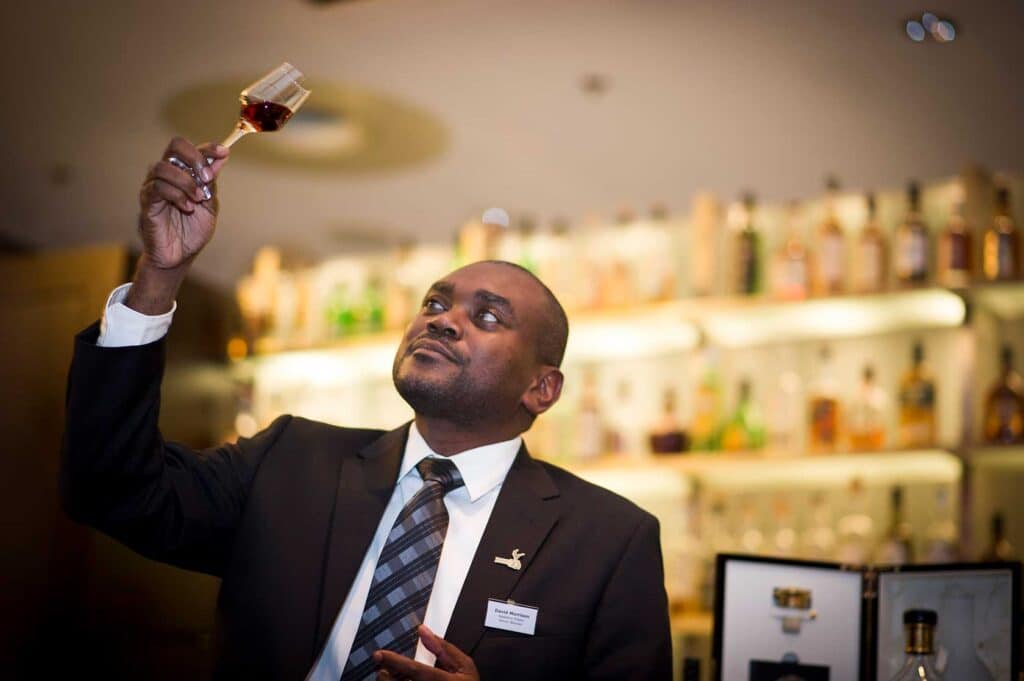
Banner Business Sponsored by The Boston Foundation
Appleton Estate, the home to Appleton Estate Rum, is situated on the oldest sugar estate and distillery on the Caribbean Island of Jamaica. Founded in 1749, the lush rum estate celebrated its 275th anniversary this year.
When any business has been around for that many years, it develops its own sense of history and distinction. David Morrison is the deputy master blender at Appleton Estate, making him a custodian of the rich heritage and history surrounding the oldest continuously operating rum distillery in Jamaica. Under the stewardship of Morrison and Appleton Estate Master Blender Dr. Joy Spence, the distillery’s aged rums have garnered numerous awards and accolades.
David has had a strong connection to his country’s cultural and culinary traditions from an early age. He was born and raised in Kingston, Jamaica, and continually watched his parents and grandparents showcase their love for food and all things Jamaican. His journey into the world of rum began when he joined Appleton Estate as a senior analyst in July 1999, where he had the privilege of learning from some of the industry’s best-known legends, including Dr. Joy. David’s dedication, natural talent and unwavering commitment to quality set him apart, and he quickly rose through the ranks. He was named senior blender in 2003, assuming the responsibility of curating and blending the distillery’s premium rums and working closely with Dr. Joy on blends such as Appleton Estate Decades and Appleton Estate 15YO Black River Casks. He was named deputy master blender in 2024.
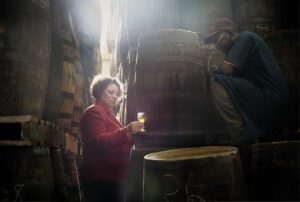
Appleton Estate Master Blender Dr. Joy Spence PHOTO: COURTESY APPLETON ESTATE RUM
The Bay State Banner caught up with Morrison in Virginia at the Salamander Hotel and Resort’s Family Reunion, the immersive food and beverage experience celebrating diversity in the hospitality community. He answered our questions about what it takes to be a master distiller, what makes Appleton Estate so special and the keys to a good rum, and said the passing of traditions and knowledge from generation to generation is part of what sets the rum brand apart.
How did you get become
a master blender?
I get asked that question very often, but I’m going to say it’s just by chance, to be to be honest. I did chemistry in school. I went to University of the West Indies, which is, you know, one of the major universities in Jamaica, with campuses across the Caribbean. I’ve always been a nerd, so I had a real passion for chemistry. That’s one of my favorite subjects. So I did chemistry and management for my bachelor’s. When I graduated, I had one of my professors come to me one day, and he was like, J. Wray & Nephew, that was a company that owned Appleton Estate at the time, needed somebody to help them out with some stuff in their laboratory. After kind of hopping, skipping and jumping around for maybe a month or two, I went down there, had a good conversation with them. It was literally a fit made in heaven, because it gave me the opportunity to practice a lot of what I learned in school.
Within the first, maybe the first a year and a half, I started working with Joy Spence, who was the master blender at the time. We used to work very closely on a number of different projects investigating the science behind the rums, those sorts of things, you know, what contributed to flavors, etc.
Could you explain what it’s like to create a product that so many people love, and what are the different nuances that you try to bring out in the product?
One of the beautiful things about rum is that it’s an expression of the person that’s creating it. It’s a completely perfect harmony between science and art. And so as we go through the exercise of creating a new rum or creating a new blend, it’s about understanding what it is that we want to showcase to whoever is about to consume it. We go through the whole exercise of evaluating all the individual rums that we’re considering for the blend, once we’ve figured out the nuances of each of these marks, and we figure out which ones we want to showcase in the blend, and that helps us to kind of put everything together, to come up with that final product. It is an exercise of love, to be to be honest.
What are the different things that you look for when making a blend?
One of the interesting things is that we age our rums in once-used bourbon barrels. And so for every year of aging, the nuances of the rum, it changes completely based on the barrel and what’s being extracted from them. It gives the rum an amazing set of additional nuances, other than what was created when we first manufactured the rum. So when it comes to the point of blending, that’s why your sense of evaluation is so important, because there are so many nuances to work with, so many characteristics that come through from every single different type or style of rum that’s been aging in a barrel. It’s also amazing, because no two barrels do the same work. Every barrel is its own separate processing vessel and gives its own character. And so when we create, especially our limited-time offerings, we get as specific as trying to find a specific set of barrels that we want to use in the blend. It gets to the point of evaluating individual barrels and then figuring out, OK, these are the barrels that we want to use, and based on these flavor nuances, based on what we want for the project, this is how we’re going to put it together. And so it literally is a wonderful expression of the artist that is creating the blend. And I think that’s one of the things that really, really hits home to me.


